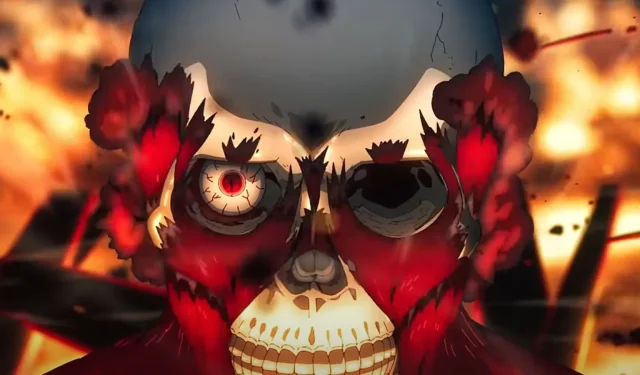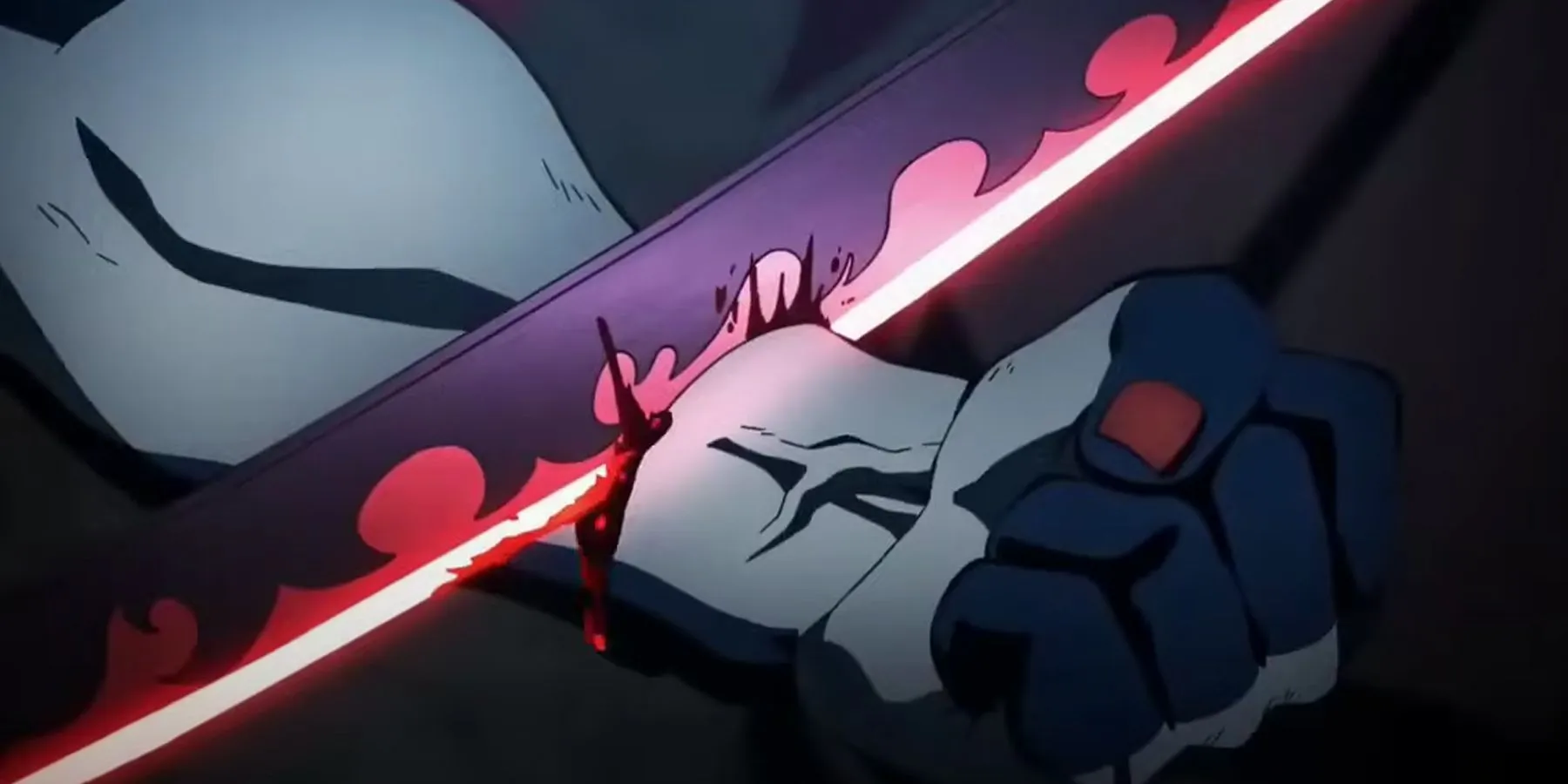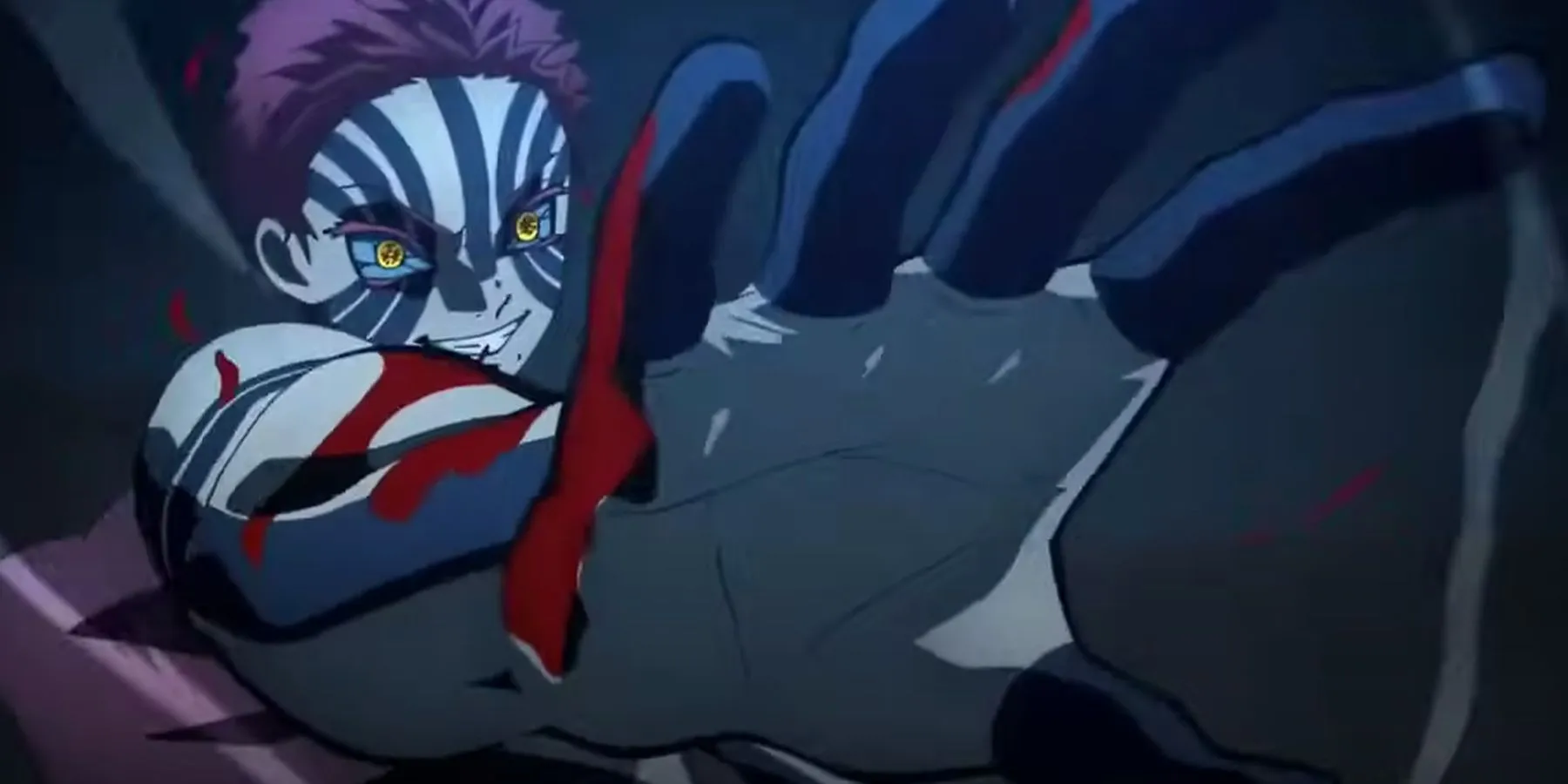
Essential Insights
- Demonic regeneration relies on Muzan’s blood, enabling rapid healing and a form of immortality.
- Sunlight exposure and Nichirin Blades can halt a demon’s regeneration, significantly diminishing their healing capabilities.
- The degree of regeneration varies; Muzan possesses an unparalleled capacity known as Nigh-Absolute Regeneration.
The Demon Slayer series showcases one of the most formidable powers of demons: Regeneration. This supernatural ability allows them to heal wounds at extraordinary rates, making them incredibly challenging to defeat. Unlike humans, where a lost limb signifies a mortal wound, demons can swiftly regrow severed body parts.
The source of this remarkable healing is the blood they inherit from their Demon King, Muzan. Their regenerative capabilities afford demons a significant edge in combat against demon slayers. The more Muzan’s blood a demon has, the quicker their regeneration process becomes.
Understanding the Mechanism of Demon Regeneration
Muzan’s Blood Infusion: The Source of Demonic Power

Demons of the Upper Moon tier receive greater quantities of Muzan’s blood as a reward for their achievements, enabling them to regenerate severed limbs at double the speed of lower-tier demons. These powerful adversaries can recover from severe injuries, making them nearly invincible in battles. For instance, during the clash between Akaza and Rengoku, Akaza demonstrated the capacity to rapidly regenerate lost limbs. Some demons can even survive decapitation by weapons other than Nichirin Blades, complicating their defeat. As the originator of demons, Muzan wields the power to manipulate their regenerative faculties, allowing him to prevent healing, strip them of their capabilities, or even obliterate them if they rebel against him.
We cannot regenerate a limb once lost! Don’t flee! Rengoku is far greater than you! He’s stronger! – Tanjiro Kamado addressing Akaza
Muzan possesses supreme regeneration abilities among demons, allowing him to heal from injuries instantly. He can also disassemble his form and reassemble himself at will. For some demons, regeneration equates to a type of immortality, ensuring they can heal as long as they are not completely destroyed. Regeneration occurs at the molecular level, allowing demons to mend damaged organs and tissues even in the heat of battle. Just as Hashiras utilize their Breathing Techniques during fights, demons can accelerate their healing when faced with lethal situations to ensure their survival.
Regeneration Levels and Their Vulnerabilities
The Attributes and Limitations of Regeneration

However, the regeneration ability has its constraints. Nichirin Blades, which have the power to decapitate, can entirely negate the regenerative effects due to their inherent sunlight attributes. When exposed to sunlight, demons cannot regenerate, as their bodies start to disintegrate faster than they can heal. Demon Slayers employing specialized breathing techniques like Sun Breathing can inflict lasting damage on a demon’s regeneration, hindering the healing process. The use of Wisteria poison also effectively diminishes a demon’s ability to recover, but it requires a higher dosage and more time to be effective against Upper Moon demons.
Demon regeneration is categorized into multiple levels: Enhanced Regeneration, Immense Regeneration, and Nigh-Absolute Regeneration. Enhanced Regeneration represents the basic level for lower-tier demons, signifying a slower healing process. Immense Regeneration is possessed by Upper Moon Demons, allowing for rapid healing. The apex of regeneration capability is Nigh-Absolute Regeneration, unique to Muzan. He is so powerful that a specialized drug was developed to accelerate his aging, thereby weakening his regenerative abilities and making it harder for him to recover from injuries.




Leave a Reply